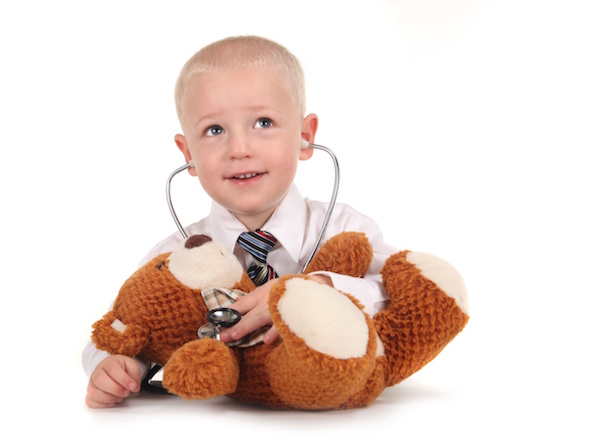MONDAY, Jan. 11, 2016 (HealthDay News) — Despite widespread laws banning smoking in public places, new research indicates nearly half of American teens who’ve never used tobacco are exposed to harmful secondhand smoke — many in their homes and family cars.
Examining U.S. data from more than 18,000 middle school and high school students, researchers found that 48 percent reported exposure to secondhand smoke in 2013. Additionally, secondhand smoke exposure was reportedly nine times higher among never-smoking teens with no smoke-free rules in their home and car, compared to those with 100 percent smoke-free rules.
“The findings weren’t really a surprise as much as a call for public health action,” said study author Brian King, deputy director for research translation in the U.S. Centers for Disease Control and Prevention’s Office on Smoking and Health.
“The continuing research [on secondhand smoke] really helps us put a finger on who’s exposed and in what location,” he said.
The study was published online Jan. 11 in advance of the February print issue of the journal Pediatrics.
Secondhand smoke exposure is known to contribute to several health problems in children, including respiratory symptoms, impaired lung function, middle ear disease and sudden infant death syndrome, according to the study.
While 26 U.S. states and the District of Columbia have implemented comprehensive smoke-free laws prohibiting smoking in all indoor public places and work sites — including restaurants and bars — several states have no statewide laws addressing secondhand smoke in public areas, and others have less stringent restrictions.
Analyzing questionnaire responses from students in grades 6 through 12 in 2013, King and his colleagues found that 16 percent were exposed to secondhand smoke at home and 15 percent in a vehicle. Additionally, 17 percent reported secondhand smoke exposure at school, 27 percent at work and 35 percent in indoor and outdoor public areas.
“We did assess the extent of exposure based on whether youth were [protected] by smoke-free policies, and it’s no surprise that those covered by policies had lower exposure,” King said.
Regarding home and car exposure, “I think it really comes down to individual families to take that action,” he added.
Dr. Normal Edelman, senior scientific advisor for the American Lung Association, called the research “very useful.” He noted that comprehensive public no-smoking policies have helped lower U.S. smoking rates by helping some smokers break the habit.
“We’ve made great strides in protecting adults from secondhand smoke … and the health effects have been dramatic,” Edelman said. “So now it’s time to protect kids from secondhand smoke, and this [study] shows that many of our kids are exposed to at least some secondhand smoke. Clearly, if they live with smokers, they’re exposed to a lot, and I think those kids are most at risk.”
Edelman added that smoking rates — hovering at about 18 percent nationally — need to be lowered further. He agreed with King that greater implementation of smoke-free laws, along with personal policies in private homes and cars, would better protect children.
“We do a lot of things to watch out for our fellow humans, or at least we try,” Edelman said.
More information
The American Cancer Society offers more about the health risks of secondhand smoke.
Copyright © 2025 HealthDay. All rights reserved.

